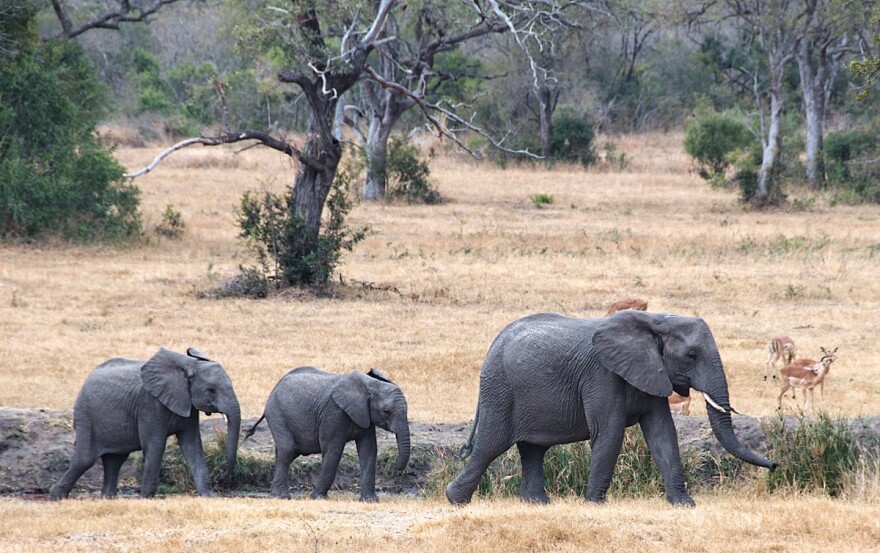Sometimes, after a long day of work—filled with meetings and traffic—I get lost in a daydream: I own a little cottage by a lake in the middle of nowhere. I garden and raise chickens and read. Most importantly, I live alone—with no neighbors for miles!
I’m tired of the rat race, so running off to a country hideaway sounds like a nice escape. We’ve all dreamt of that. Maybe it’s a good thing, though, that modern humans, and our ancestors, haven’t indulged that fantasy.
I’m talking about a study that shows that mammals tend to live longer when they live in groups. From herds to packs to flocks, when mammal species band together, their maximum lifespan is five to nine years greater than that of creatures who go at it alone, or in pairs, respectively.
The scientists who performed the study analyzed existing information on nearly a thousand mammal species. They broke down mammalian social organization into three kinds. First, solitary living, where adults of the species typically live by themselves. That would be like if you and I and everyone were hermits in our cottages. Second, pair living, where an adult male and female generally cohabitate. Home is where the heart is, right? And third, group living, where at least three adults—and often more—spend time together.
Group living is the sort of thing that I long to escape, with its offices and schools and cities. So many people! But it seems that humans, like other community-oriented mammals, have long lived this way: the study suggests it’s thanks to evolution we’ve developed longevity in tandem with a social nature.
Reviewer: Xuming Zhou of the Institute of Zoology, Chinese Academy of Sciences
Read more
- Beluga whales are just like us
- Elephant grandmothers equal more elephant calves
- Long-lived sea species
Sources
- ScienceNews - Mammals that live in groups may live longer, longevity research suggests
- Scientific American - Mammals that live together live longer
- Nature Communications - Correlated evolution of social organization and lifespan in mammals
Sometimes, after a long day of work—filled with meetings and traffic—I get lost in a daydream: I own a little cottage by a lake in the middle of nowhere. I garden and raise chickens and read. Most importantly, I live alone—with no neighbors for miles!
I’m tired of the rat race, so running off to a country hideaway sounds like a nice escape. We’ve all dreamt of that. Maybe it’s a good thing, though, that modern humans, and our ancestors, haven’t indulged that fantasy.
I’m talking about a study that shows that mammals tend to live longer when they live in groups. From herds to packs to flocks, when mammal species band together, their maximum lifespan is five to nine years greater than that of creatures who go at it alone, or in pairs, respectively.
The scientists who performed the study analyzed existing information on nearly a thousand mammal species. They broke down mammalian social organization into three kinds. First, solitary living, where adults of the species typically live by themselves. That would be like if you and I and everyone were hermits in our cottages. Second, pair living, where an adult male and female generally cohabitate. Home is where the heart is, right? And third, group living, where at least three adults—and often more—spend time together.
Group living is the sort of thing that I long to escape, with its offices and schools and cities. So many people! But it seems that humans, like other community-oriented mammals, have long lived this way: the study suggests it’s thanks to evolution we’ve developed longevity in tandem with a social nature.


